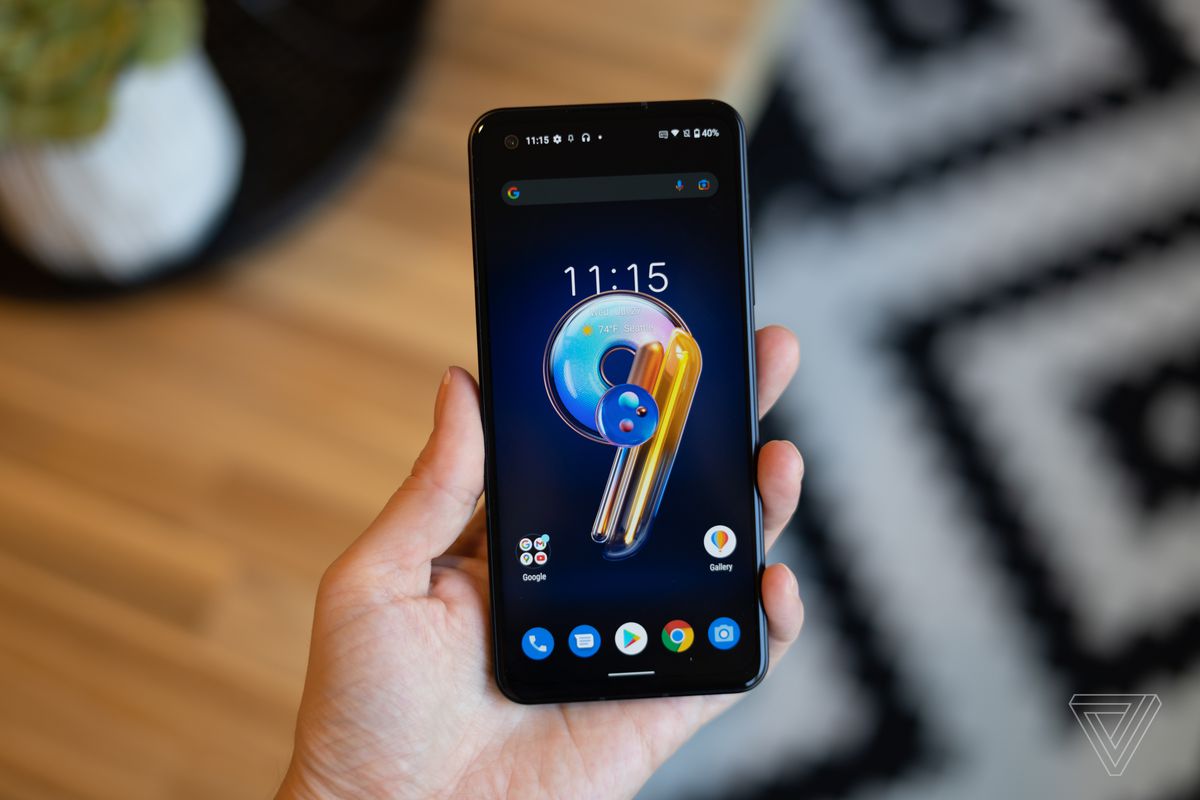Asus’ compact Zenfone 9 comes with incredible gimbal-like camera stabilization

The Zenfone 9, like last year’s 8, is the rare Android phone that prefers a compact size rather than a larger screen or battery. Be still my heart! But what’s new this year is the phone’s camera and stabilization system: Instead of moving just one lens element to compensate for camera shake, the entire main camera — lens, sensor, all — moves. It’s a unique approach to combating some of mobile photography’s biggest enemies: low light and shaky video footage.
The Zenfone 9 is small but powerful and continues the 8’s tradition of packing top-tier specs into a compact phone. The screen is a 5.9-inch 1080p OLED with a smooth 120Hz refresh rate, and the phone uses a Snapdragon 8 Plus Gen 1 chipset — Qualcomm’s very latest and greatest. The base model includes 8GB of RAM and 128GB of storage, and the phone is IP68 certified.
There is a 4,300mAh battery that supports 30W fast charging and an adapter is included in the box, but wireless charging is not supported. The phone’s back panel is a textured composite plastic, though the frame is sturdy aluminum and the front panel is protected by Gorilla Glass Victus. And there’s a headphone jack! How thoughtful.
The Zenfone 9 has only two rear cameras on the rear panel, which is fine: there are no additional macro or depth sensors. The main camera’s 50-megapixel sensor and f/1.9 lens are the stars of the show with what Asus calls a 6-axis hybrid gimbal OIS/EIS stabilizer. Below that, there’s a 12-megapixel ultrawide that does double duty as a macro camera, along with a 12-megapixel selfie camera on the front.
The main camera’s stabilizer compensates for movements along the x- and y-axis (side to side and up and down) but also uses information from the gyro sensor to correct sudden movements forward and backward along the z-axis. Asus says this enables the camera to compensate for three degrees of motion, compared to one degree in the Zenfone 8, which uses traditional OIS. A good compensation for shake is that the camera should be able to use slower shutter speeds and capture more light in low-light conditions, resulting in better detail and color. It’s a more robust system than regular OIS or the sensor-based stabilization that Apple uses on some of the iPhone 13’s cameras.
With this type of stabilization, it is necessary to rethink how the camera unit connects to the processor. The cable connecting the two should be short and arranged in an S-shape rather than a folded configuration. The ribbon is also soft to apply less inertia to the camera module. All of this is tucked away inside the phone, of course, but the results are visible on the surface: with the camera in video mode, you can see the entire camera package moving under a fixed, large external lens element. Seriously, it’s wild.
The Zenfone 9 will be sold unlocked in the US, but the price is still TBD; In Europe, it will cost €799, which is about… $800 USD (sorry about your currency, European friends). It will first be available in Taiwan, Hong Kong and parts of Europe.